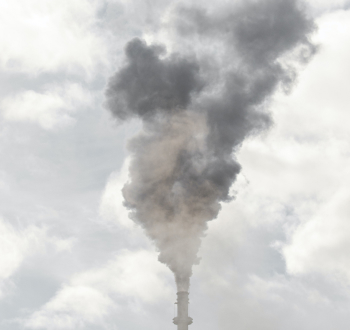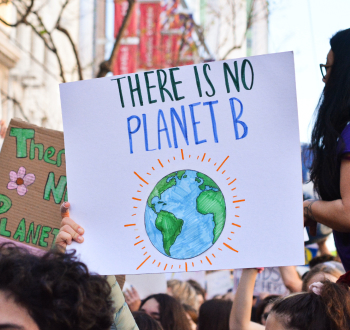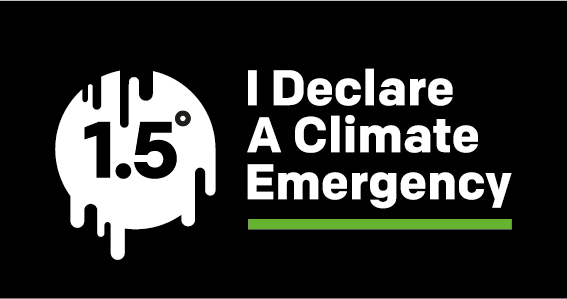Foreword
Climate change includes both global warming driven by man-made emissions of greenhouse gases and the resulting large-scale shifts in weather patterns. While there have been previous periods of climatic change, since the mid-20th century humans have had an unprecedented impact on the Earth's climate system, causing changes on a global scale.
The history of the scientific discovery of climate change began in the early 19th century when ice ages and other natural changes in paleoclimate were first suspected and the natural greenhouse effect was first recognised. In the late 19th century, scientists first argued that human emissions of greenhouse gasses could be changing the climate.
Many other theories of climate change were advanced, involving forces ranging from volcanism to solar variations. In the 1960s, evidence for the warming effects of carbon dioxide gas became more convincing. Some scientists also pointed out that human activities that produced atmospheric aerosols (e.g., "pollution") could also have cooling effects.
By the 1970s, scientific opinion was increasingly dominated by the warming viewpoint. By the 1990s, due to increasingly accurate computer models and observations confirming the Milankovitch theory of ice ages, a consensus position emerged: greenhouse gases were instrumental in most climate changes, and human-caused emissions led to noticeable global warming.


